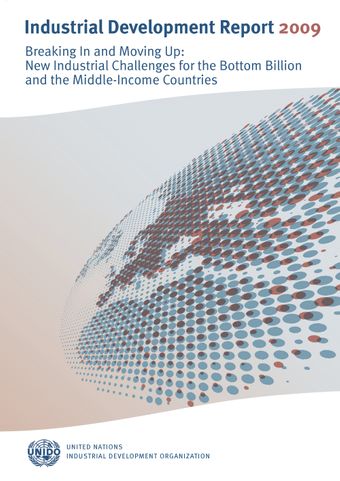Understanding structural change: The location of manufacturing production

- Author: United Nations Industrial Development Organization
- Main Title: Industrial Development Report 2009 , pp 27-37
- Publication Date: August 2009
- DOI: https://doi.org/10.18356/3fad3936-en
- Language: English
The traditional trade theory—and indeed the theory of the firm—begins with three critical assumptions that make geography irrelevant to the choice of location for most industries. These are constant returns to scale, full and costless information and the absence of externalities. In a world of constant returns, production is highly divisible, and there are no penalties associated with setting up a small plant to serve a local market. With full and costless information, it is not important to be physically close to purchasers or suppliers. In the absence of externalities, there is little to be gained by being in close proximity with other producers, and possibly something to be lost to increased competition by locating near firms in the same industry. While these assumptions used to be standard, they are now recognized as seriously misleading. In the real world of industry and international trade, firms locate in industrial clusters and in cities. The relevance of that phenomenon for trade and industrial development has only recently been rediscovered as part of the “new economic geography” (Krugman, 1991; Fujita, Krugman and Venables, 1999).
-
From This Site
/content/books/9789211562934s011-c003dcterms_title,dcterms_subject,pub_keyword-contentType:Journal -contentType:Contributor -contentType:Concept -contentType:Institution105


